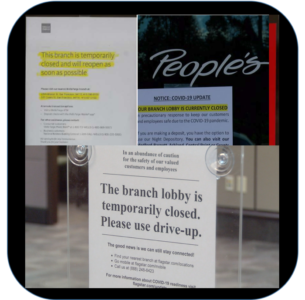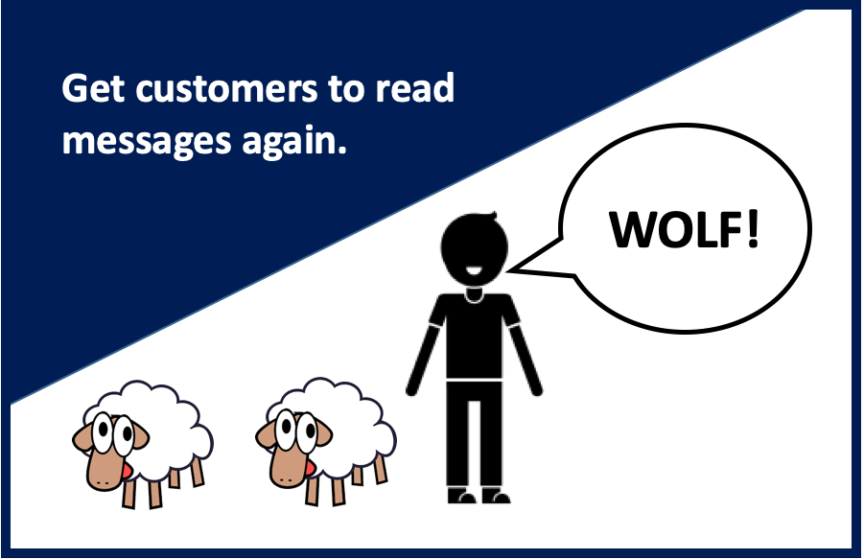Getting Customers to Read Their Statement Messages Again

How many bills and statements have you received that have an “important message” section that really doesn’t feel all that important? Often this section is devoted to trying to get the customer to turn off paper, or to sign up for additional services. During my career, I have worked on over 100 different customer communications redesign projects for financial services, insurance, healthcare, and internet and telecom, and messaging is always a challenging topic. Legal wants some space, marketing wants space, operations NEEDS space and nobody really understands what it takes to manage the messaging space on an ongoing basis.
Unfortunately, if messaging spaces are delegated on the document without defining ownership, purpose and a workflow for managing them – all you end up with is wasted space. Sometimes the same message is shown for month after month with no changes. Sometimes the space is just blank (still showing the title “Important Messages!”) or the area has content that does not have any context with the information that surrounds it.
What Does This Have to Do with COVID?
The pandemic has brought tremendous changes to all kinds of businesses and banks, insurance companies, health providers, utility and wireless companies are no exception. The guidelines for how they can interact with customers are changing weekly or daily. Can customers come to the store or branch or doctor’s office? What transactions can be completed? In the early days of COVID many companies resorted to posting notices on the door of the business.  Some were staffed to make frequent changes to their website, others were not. Many found to their regret that they did not have email addresses for all of their customers, or that the addresses they had were undeliverable. You know what is (so far) not undeliverable? Postal mail. Customers still get their bills and statements in the mail.
Some were staffed to make frequent changes to their website, others were not. Many found to their regret that they did not have email addresses for all of their customers, or that the addresses they had were undeliverable. You know what is (so far) not undeliverable? Postal mail. Customers still get their bills and statements in the mail.
I recently moderated a panel of transaction printers for the virtual thINK Ahead event with three transaction print companies who use inkjet: InfoImage, Kubra and HC3. All of the panelists noted that their customers had a renewed interest in variable messaging capabilities. Tommy McGahey of HC3 discussed the need for updating branch access information in a customized way for bank customers. Rob Iantorno said that messaging capabilities that have been available for years from Kubra are suddenly in high demand for communicating COVID related information, as well as just providing outreach to customers during the pandemic. Iantorno also underscored how production inkjet allows Kubra to support updates to messaging in a “just in time” manner for customers in concert with their online tools. If customers have already opted in for online delivery – they get the message too.
With full color production inkjet, advanced composition, and customer facing message management tools readily available, sophisticated variable messaging is not a big technical challenge. The problem now is that companies have been teaching their customers to ignore the message areas by barraging them with irrelevant marketing or repetitive disclosure messages under the guise of “important.” Now when they really have important information to impart, it is difficult to get the customer’s attention. It’s the old story of the boy who cried “wolf” over and over to see who came running – and then was eaten by the wolf when no one heeded his call.
If companies want to win back customers to a revitalized messaging strategy, they may also need to invest in some minor redesign. Consider using icons or other graphics to let the customer know that this isn’t the same old stuff. Make sure that all messages are relevant to the recipient. Transaction printing organizations with inkjet have the opportunity to consult and add value to customers as they work their way through this communication challenge. Once the pandemic is over, this may create additional opportunities to make strategic messaging services a revenue center while helping your customers retain and grow their customer relationships.

